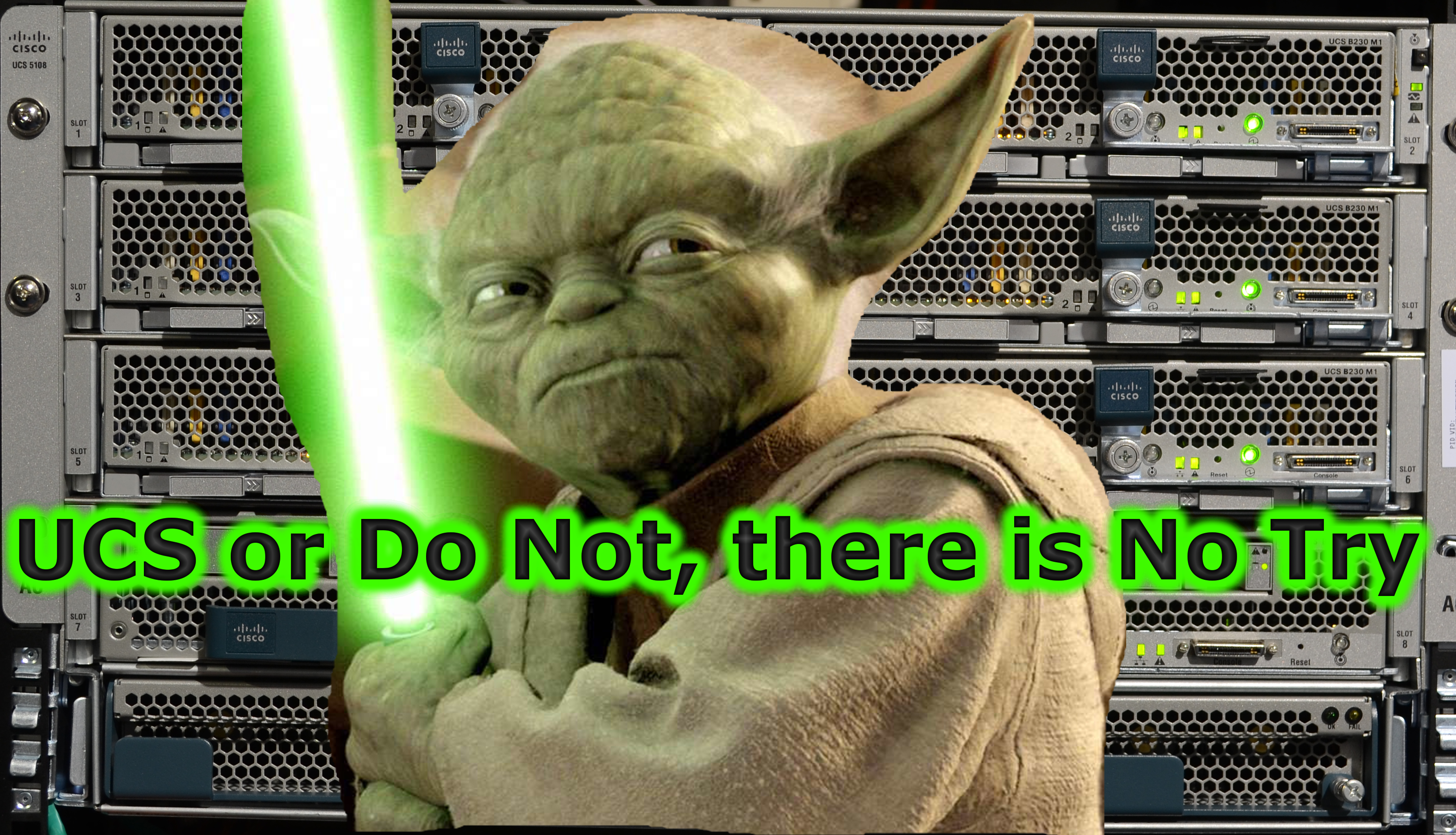
In the vast and versatile world of Linux, the concept of a live environment allows users to run an entire operating system directly from a USB stick or CD without installing it on a computer’s hard drive. This portability and flexibility make Linux live environments incredibly valuable for software testing, system rescue, secure browsing, or simply carrying your desktop with you without the need for a laptop. However, the pre-built live environments might not fit all your needs or preferences. That’s where creating a custom Linux live environment comes into play, allowing you to tailor everything to your liking. This guide will walk you through the process of crafting your portable operating system, ensuring you have all the tools and knowledge at your disposal.
Understanding the Foundations
Live Environments Explained
A live environment refers to a complete operating system that runs from a removable medium like a USB stick or CD. Unlike a traditional OS installation, it doesn’t make changes to the computer’s hard drive (unless specifically instructed). It’s an ideal solution for trying out different distributions, troubleshooting, or maintaining privacy.
Why Go Custom?
Creating a custom live Linux environment allows you to:
- Include specific software: Tailor the applications and tools to your needs.
- Customize settings and appearance: Pre-configure network settings, themes, and wallpapers to your preference.
- Increase portability and convenience: Carry a fully personalized desktop experience in your pocket.
Preparing for Your Build
Choosing Your Base
Selecting the right base distribution is crucial. Popular options include:
- Ubuntu: Known for its user-friendliness and extensive community support.
- Fedora: Offers the latest software and features, ideal for those who prefer cutting-edge technology.
- Debian: Valued for its stability and simplicity, making it a solid choice for beginners and advanced users alike.
Consider your familiarity with the distribution, its compatibility with your hardware, and the size of its community when making your choice.
Tools of the Trade
To create your live environment, you’ll need specific tools depending on your base distribution. Some of the most widely used include:
Powered by WPeMatico
Go to Source
Author: George Whittaker
